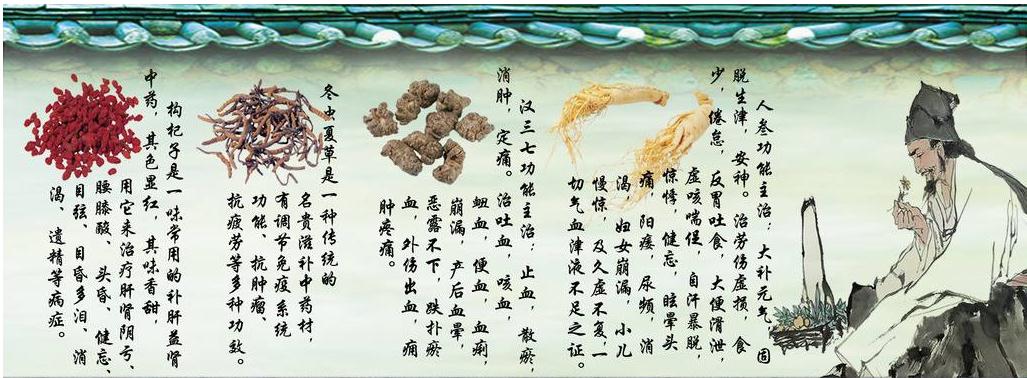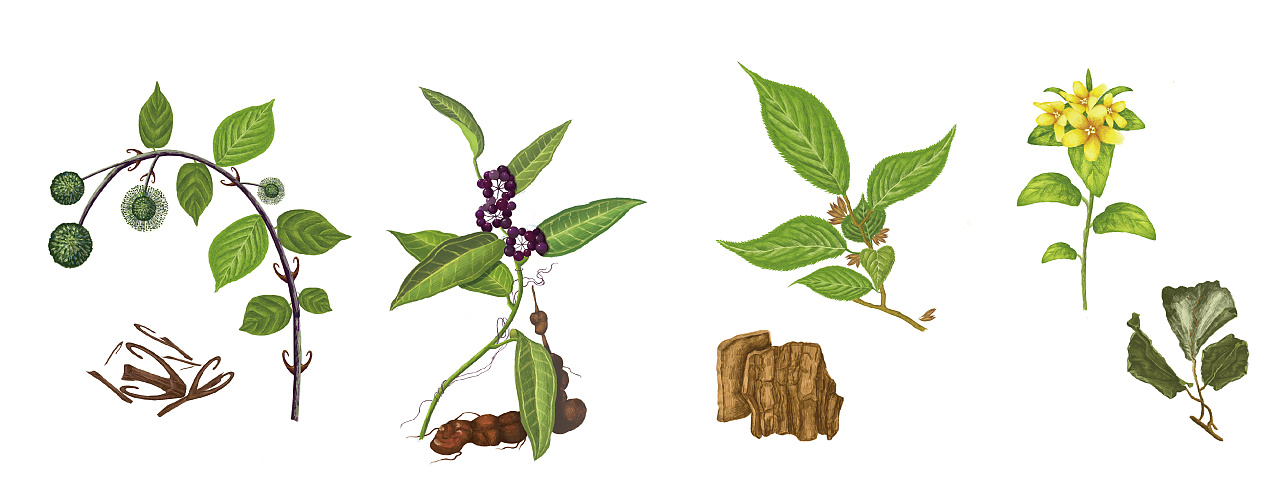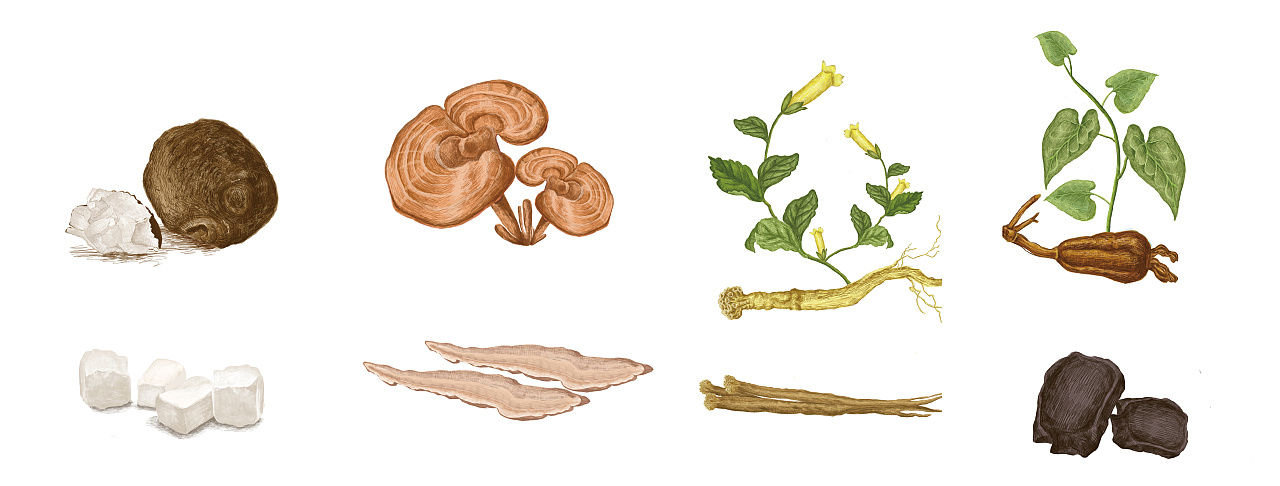Grafting method commonly used in the growth of fruit trees, spring, summer and autumn can be carried out, the most appropriate in autumn, the general survival rate of more than 90%. Early budding is too early, budding is not yet fully developed, and rootstocks are in a prosperous stage. The accumulation of nutrients in the body is low, the bud survival rate is low, and the buds are prone to freeze damage after sprouting in the year; buds are too late to be easily peeled and then healed. Difficulties, low survival rate. The buds in the middle of the shoots are selected to be filled with buds and then used as buds. Take care to protect the bud pad or take a small amount of xylem when cutting buds. The buds are generally cut into shields or ring blocks, and the buds are 1.5 to 2 cm long. The size of the buds in the ring block shape depends on the size of the rootstock and the thickness of the buds. When grafting, rootstocks are first processed and then buds are cut. Using "T" shaped bud connection, first cut the "T" shaped mouth 3 to 5 centimeters away from the ground, the depth to see the xylem, can be peeled off the rootstock bark is appropriate; then use the tip to carefully peel the rootstock bark, Shield-shaped budding with a petiole quickly embedded. After the earth is 10 cm high. 10 to 15 days after the plane open soil, check the survival situation. If the buds are fresh and light green, the petioles touch and fall, indicating that they have survived, otherwise they do not survive and should be reconnected behind the rootstock. After the management of budding seedlings, they will be cut 18 to 20 centimeters above the sprouting point after the spring of the spring to release the ligatures. 3 to 4 prunings in the summer, cut branches from the rootstock. When budding shoots grow to 8 to 10 centimeters, they are tied to live piles near the base; when they grow to 20 to 25 centimeters, they are tied again at the top. Until the grafting of lignification, cut off the live piles and continue to keep large seedlings in the field.
Chinese Herbal Medicine (English name: Chinese herbal medicine): Chinese medicine is mainly composed of botanical medicine (root, stem, leaf, fruit), animal medicine (viscera, skin, bone, organs, etc.) and mineral medicine. Because botanical medicine accounts for the majority of Chinese medicine, Chinese medicine is also called Chinese herbal medicine.
There are about 5,000 kinds of Chinese medicines used in various parts of China, and there are countless prescriptions made by combining various medicinal materials. After thousands of years of research, an independent science, Materia Medica, has been formed. Various medical schools in China have set up the course of natural medicine, which is called the Chinese herbal medicine.
The concept of plant extracts can be accepted and recognized by various countries, and it is also a common expression used to spread herbal medicines in various countries. The export value of plant extracts in China exceeded the export value of Chinese patent medicines as early as 1999. In European and American countries, plant extracts and their products (plant medicines or food supplements) have a broad market prospect, and have developed into an emerging industry with annual sales of nearly 8 billion US dollars.
The plant extracts in China are generally intermediate products, which are widely used, mainly used as raw materials or auxiliary materials for medicines, health foods, tobacco, cosmetics, etc. There are also many kinds of raw material plants used for extraction, and there are more than 300 plant varieties that are extracted industrially.
Chinese Herbal Medicine China Herb,Best Chinese Herbs,Chinese Healing Herbs,Chinese Herbal Medicine Guangzhou Zhongzhinan Supply Chain Co.,Ltd. , https://www.gzzhongzhinan.com



